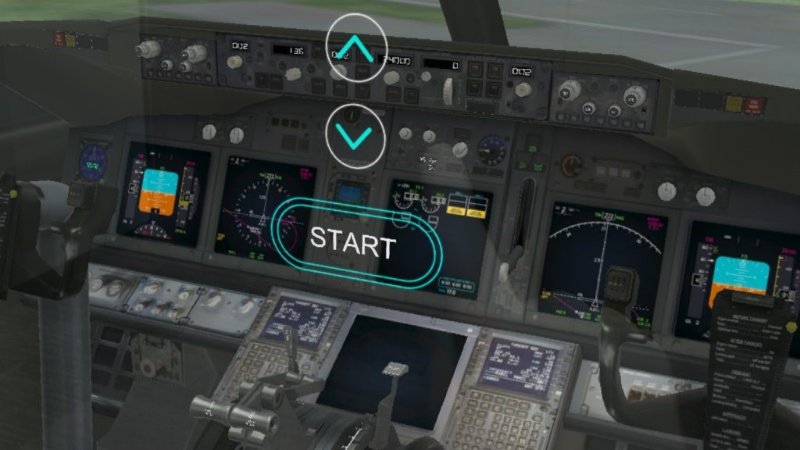The following is a LinkedIn story written by Ralph Haupter, President, Microsoft Asia
 As we enter 2017, there is no denying that the 4th Industrial Revolution has taken grip. Technology today is more ubiquitous and pervasive than ever before. It is clearly at the front and center of policies and strategies for organizations, as well as entire nations, as they shape their next chapter of growth.
As we enter 2017, there is no denying that the 4th Industrial Revolution has taken grip. Technology today is more ubiquitous and pervasive than ever before. It is clearly at the front and center of policies and strategies for organizations, as well as entire nations, as they shape their next chapter of growth.
When I talk to Microsoft customers and partners across Asia, many are very curious about how they can reshape their organizations to a new world order – one that demands almost a complete transformation of today’s processes and business models in order to survive, let alone thrive.
Business leaders are particularly keen to understand how they can harness the huge amount of data that often resides within their organizations. They want to learn how this data can be turned into organizational assets and new capabilities that can catalyze customer interaction, improve productivity, streamline operations and create new business models. In this new digital age, harnessing data – and the business insights it can provide – is now a top priority for the boardroom, not just the Chief Information Officer.
In India, Fortis Healthcare did just that when it partnered with Microsoft in its bid to transform patient care. Leveraging on Microsoft’s cloud and mobile technologies, its doctors today have access to accurate data on a timely manner, enabling them to make critical decisions swiftly, while meeting strict compliance standards. (Click here to find out more about how Fortis Healthcare is using technology to provide a superior patient experience and create value for the organization.)
Senior corporate executives are also interested in how they can drive cultural change within their organizations to truly tap upon the strengths of the new digital generation – the next-generation Asian millennials who are now entering the workforce.
The CEO of a major Malaysian corporation recently asked me the following questions – how can he transform the culture of his company to become digitally-savvy? How can he best use data, cutting-edge cloud and mobile technologies to enable the workforce of the future? He wanted his organization to be seamlessly digital – one that acts and behaves with agility, just like the wired youths of today. I applaud CEOs who are asking these bold, ambitious questions. This often marks the start of the digital transformation journey.
I’m especially excited about the opportunities available for both traditional industries and organizations. With a digital model at the core of their innovation, they will be able to leapfrog onto the global stage. One great example is the oyster farming community in Tasmania, Australia. Every year, Tasmanian oyster farmers suffer great losses due to bad weather, where heavy rain can cause contaminants from riverbeds to seep into oysters. Such oysters, when consumed, can pose a consumer health risk. Agriculture technology company, The Yield, worked with oyster farmers in Tasmania to install Internet of Things sensors in the upstream river estuary. If sudden heavy storms should occur, alerts on water quality will be triggered and are communicated to the oyster farmer via a convenient mobile application. The availability of timely data enables farmers to accurately suspend their operations where required, saving them millions annually. (Click here to read more about The Yield and its work with Tasmanian oyster farmers.)
Today, we are seeing markets across Asia charging ahead to embrace the 4th Industrial Revolution. Many business leaders are now feeling the urgency to rapidly transform, in the face of disruption by global and local digital players.
Established, major industries are also not resting on their laurels. Japan Airlines has utilized Microsoft HoloLens, the first fully untethered holographic computer powered by Windows 10, to develop two proof-of-concept training programs for its engine mechanics and flight crew. With a mixed reality application built for HoloLens, training can now be more frequent and immersive. This is especially so for the mechanics as there is no need to wait for a plane to be in the hangar for hands-on training to happen. (Click here to read more about how Japan Airlines is using HoloLens to transform staff training.)

Ultimately, we do not know how the 4th industrial revolution will shape up. A decade ago, we could not have imagined that one day, almost all transactions, including the purchase of air tickets and filing of taxes, can be performed with a few taps on a phone. What we do know – from the learnings of all past industrial revolutions – is that disruptions are to be expected across all levels of the economy and society. I urge government and industry leaders in Asia to think big and start with a broader canvas as they paint their digital future – it will be an exciting journey for all.
(Click here to read about how Microsoft is helping its customers in Asia embrace digital transformation.)
Ralph Haupter





